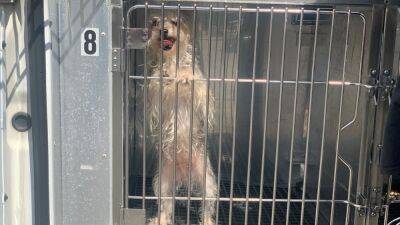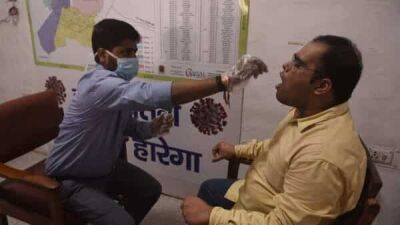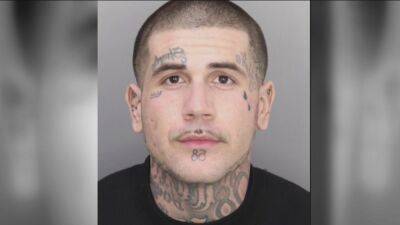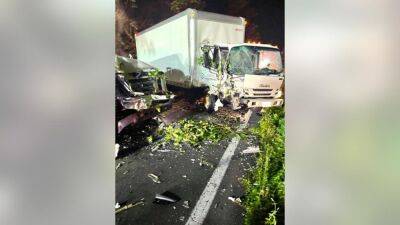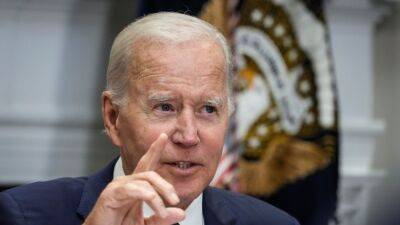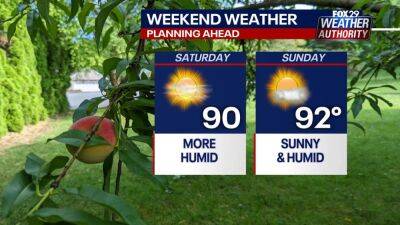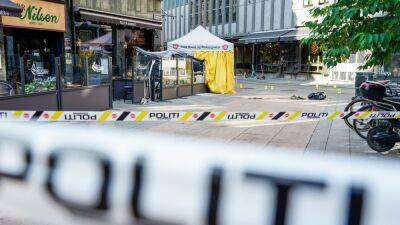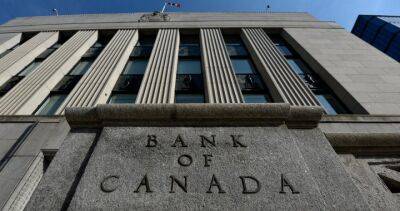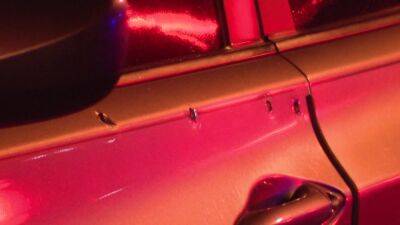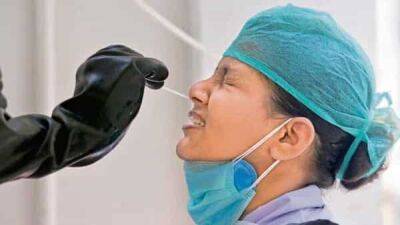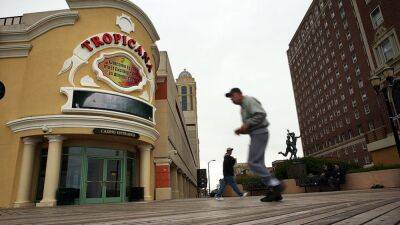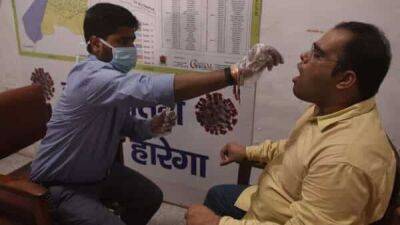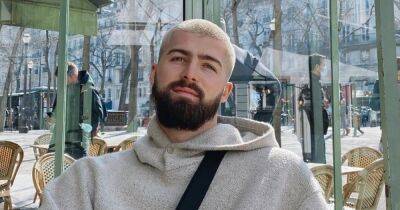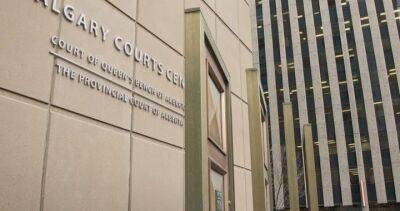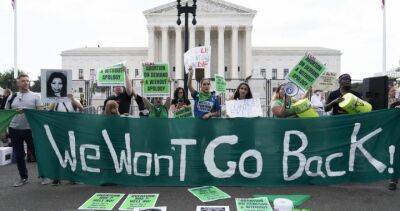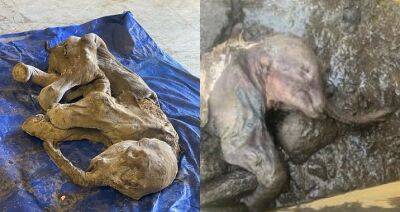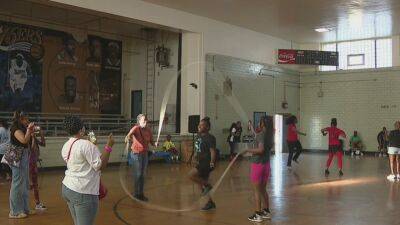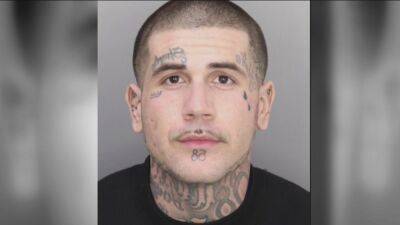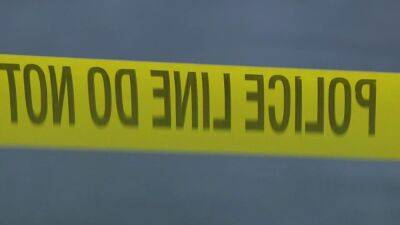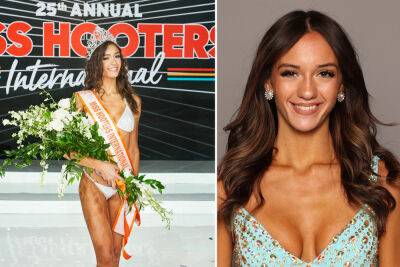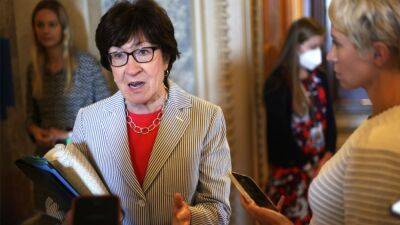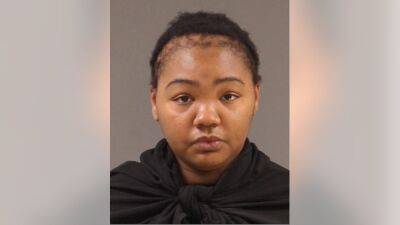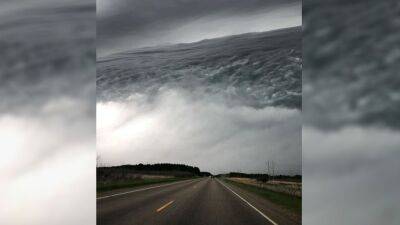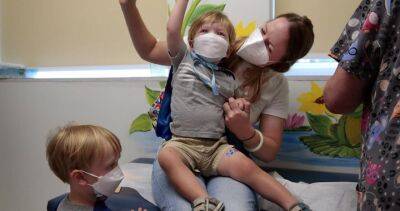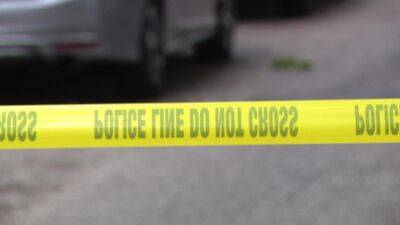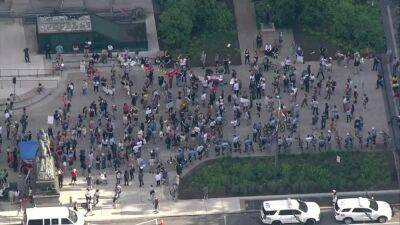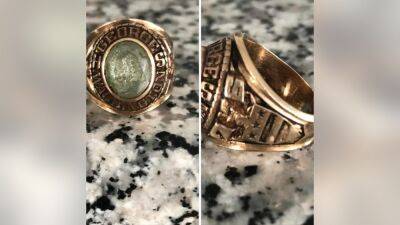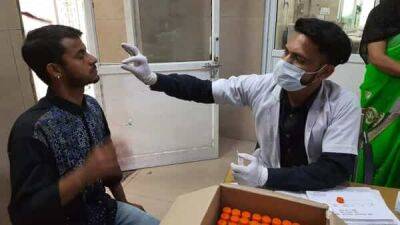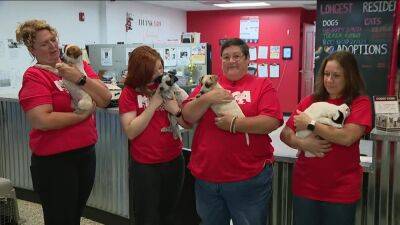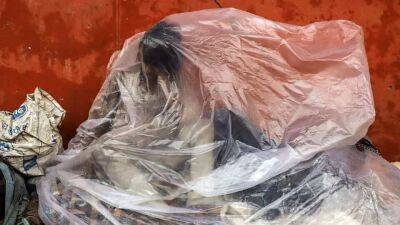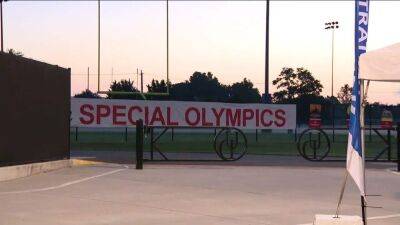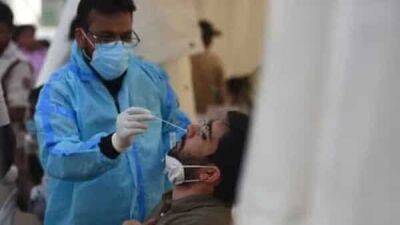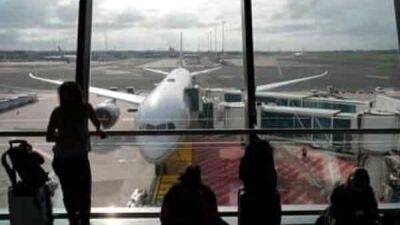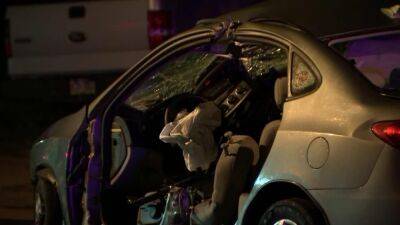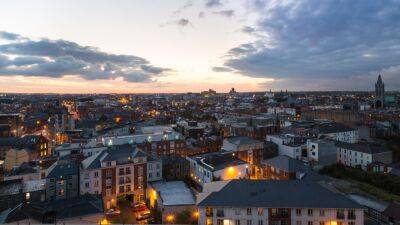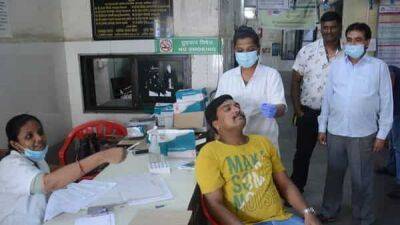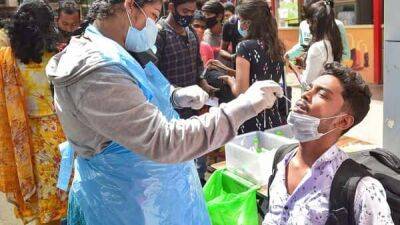Rising US traffic deaths put focus on one Philadelphia road
PHILADELPHIA - Just one more step and the stroller would have been on the curb.The thought haunts Latanya Byrd years after a driver racing down Roosevelt Boulevard in Philadelphia struck and killed her 27-year-old niece, Samara Banks, and three of Banks’ young sons as they crossed the 12-lane road.
Today, many of the conditions that led to the fatal 2013 crash still exist.Since the crash, Byrd became an advocate for safer streets, fighting to get automated speed cameras placed along the boulevard where 10% to 13% of the city's traffic fatalities happened each year prior to the pandemic, city officials said.And now, amid a national surge in traffic fatalities that federal officials have called a crisis and studies showing Black communities have been hit even harder during the pandemic, plans to redesign the city's "corridor of death" could be gaining traction.Roosevelt Boulevard is an almost 14-mile maze of chaotic traffic patterns that passes through some of the city's most diverse neighborhoods and census tracts with the highest poverty rates.
Driving can be dangerous with cars traversing between inner and outer lanes, but biking or walking on the boulevard can be even worse with some pedestrian crossings longer than a football field and taking four light cycles to cross."You would not design a street or a road like that today," said Christopher Puchalsky, policy director for Philadelphia’s Office of Transportation, Infrastructure and Sustainability. "It feels like an expressway, but it’s in the middle and between neighborhoods."Many of the city's ideas for fixing Roosevelt have been championed under new federal strategies.
Read more on fox29.com